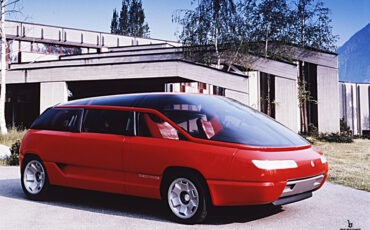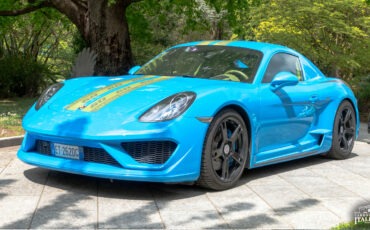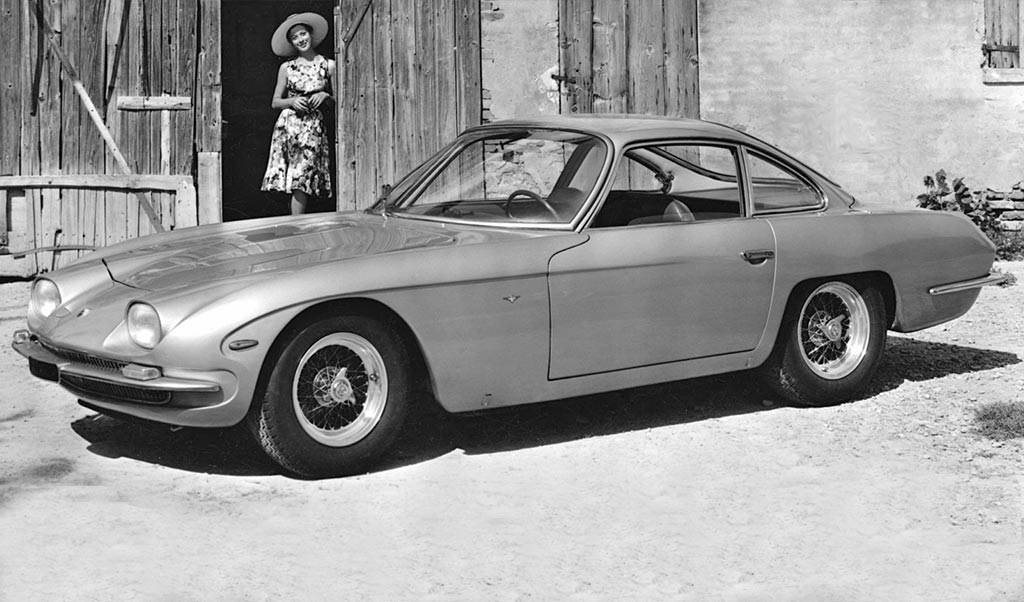
In the mid-20th century, the automotive world witnessed the birth of a legendary marque that would go on to challenge the dominance of established sports car manufacturers. Lamborghini, primarily known for its agricultural machinery, entered the sport car market with the release of the Lamborghini 350 GT – a groundbreaking machine that set the stage for the brand’s future success. In this article, we will delve into the origins, design, and impact of the Lamborghini 350 GT, exploring its journey from conception to becoming an iconic symbol of automotive excellence.
The Lamborghini Vision: A Response to Ferrari with its V12
The genesis of the Lamborghini 350 GT can be traced back to a moment of discontent between Ferruccio Lamborghini and Enzo Ferrari. Frustrated with the shortcomings of his Ferrari 250 GT, Lamborghini, the owner of a tractor manufacturing empire, decided to venture into the world of luxury sports cars with the goal of creating a vehicle that could rival Ferrari. This ambitious endeavor led to the formation of Lamborghini Automobili in Sant’Agata Bolognese, Italy.
The inclusion of a V12 engine in the initial specifications posed significant challenges to the planning process. At that time, only Ferrari was known for producing such powerful engines for civilian use. However, in early 1962, a company called Neri & Bonacini emerged in Modena, capable of realizing chassis designs. Founded by two former Maserati technicians, they specialized in constructing sports car chassis, including one for the radical Breadvan designed by Giotto Bizzarrini as a potential “Ferrari-GTO-Killer” for Count Volpi’s Scuderia Serenissima.
During this time, Bizzarrini and Carpeggiani engaged in discussions. Bizzarrini confidently claimed he could provide a V12 engine. This led to the creation of the iconic Lamborghini twelve-cylinder engine, initially conceived as a 1.5-liter Formula 1 engine. By 1964, it entered serial production as a 3.5-liter engine and later evolved into a 6.5-liter powerhouse in 2006. While commonly attributed to Bizzarrini, questions arise regarding his expertise in engine construction, particularly given his lack of prior experience in this area.
Recent interviews with Bizzarrini, where he humorously suggested that he simply copied Ferrari’s V12 engine, seem unlikely. Instead, conversations with industry veterans paint a more plausible picture. Allegedly, Bizzarrini drew inspiration from the Maserati V12 Tipo 9, a renowned engine that had been used in Formula 1 cars driven by legends like Fangio. In early 1962, Bizzarrini attempted to place his V12 engine with the new ATS marque but was unsuccessful. He then offered it to Lamborghini, where it found a home. However, Bizzarrini himself did not design or build the engine. Instead, he recruited young engineers from Ferrari who transformed his sketches into the 3.5-liter V12, with casting parts supplied by ATS and assembly carried out by Neri & Bonacini. Nevertheless, Bizzarrini’s company managed the commercial and logistical aspects.
The credibility of this narrative is supported by testimonies from industry figures such as Dr. Adolfo Orsi from the Maserati family, Giorgio Neri of Neri & Bonacini, Gian Paolo Dallara, Lamborghini’s first chief engineer, and Bob Wallace, Lamborghini’s first test driver. Their accounts, combined with the striking resemblance between Lamborghini’s V12 and the Maserati V12, lend credence to this version of events.
The contract between Bizzarrini and Ferruccio Lamborghini outlined the development of a 3.5-liter engine capable of producing 100 horsepower per liter. A reward of 4.5 million Lire was promised, with a failure clause stipulating reduced payment for lower horsepower outputs. Despite technological limitations, the specifications remained on paper until August 1963 when the engine produced 352 brake horsepower at 8000 rpm during testing. However, it lacked the refinement needed for a luxury touring car, leading to Bizzarrini’s departure and subsequent settlement of payments by Lamborghini through legal means.
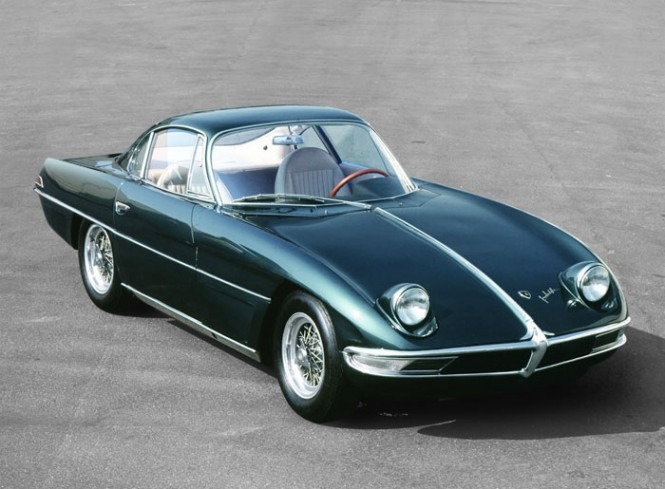
Unveiling the 350 GT
The first glimpse of Lamborghini’s ambitious project came with the unveiling of the 350 GTV prototype in 1963 at the Geneva Motor Show. Designed by Franco Scaglione, the GTV prototype showcased a design that, while captivating, underwent modifications under the supervision of Touring Superleggera. The final product, presented at the Turin Motor Show in 1964, showcased a more refined appearance with a redesigned front end, revised tail, and a tasteful elimination of pop-up headlights and flashy chrome.
The heart of the 350 GT was its 3.5-liter V12 engine, now producing 270 horsepower. The chassis, a creation of Dallara, featured a central “floor” made of larger steel tubing, providing a solid platform for the body. Four Girling disc brakes, a 5-speed manual ZF transmission, and a Salisbury differential rounded out the technical specifications. Touring of Milan handled the assembly, incorporating their Superleggera structure, while the chassis was constructed in Modena by Neri and Bonacini.
Notably, the 350 GT, initially displayed as a non-functional prototype, generated significant interest despite its incomplete state. The production run saw 135 examples of the 350 GT being built, marking the beginning of Lamborghini’s legacy in the realm of high-performance road cars.
Evolution to the 400 GT
In 1966, the 350 GT evolved into the 400 GT, showcasing Lamborghini’s commitment to continuous improvement. The most notable alterations included round double headlights, elimination of rostrums at the bumpers, and a revised grille.
The engine displacement was increased to 3929 cm³, resulting in a power boost to 320 horsepower at a lower engine speed. Technical enhancements extended to the adoption of Porsche synchronizers for the gearbox and interior modifications, including changes to the dashboard, door panels, and seats. The 400 GT was offered in both 2-seater and 2+2 configurations, with the latter gaining more popularity among enthusiasts.
Diversification: Exclusive Variants and Coachbuilt Masterpieces
Beyond the standard production models, Lamborghini utilized the 350 GT chassis to create exclusive variants in collaboration with renowned coachbuilders. These bespoke creations showcased the versatility and adaptability of the original design.
In 1965, Lamborghini partnered with Milanese coachbuilder Zagato to produce the 3500 GTZ, a sports coupe with racing-inspired lines. Featuring the 3929 cm³ engine, only two examples of this model were produced, emphasizing its rarity and exclusivity.
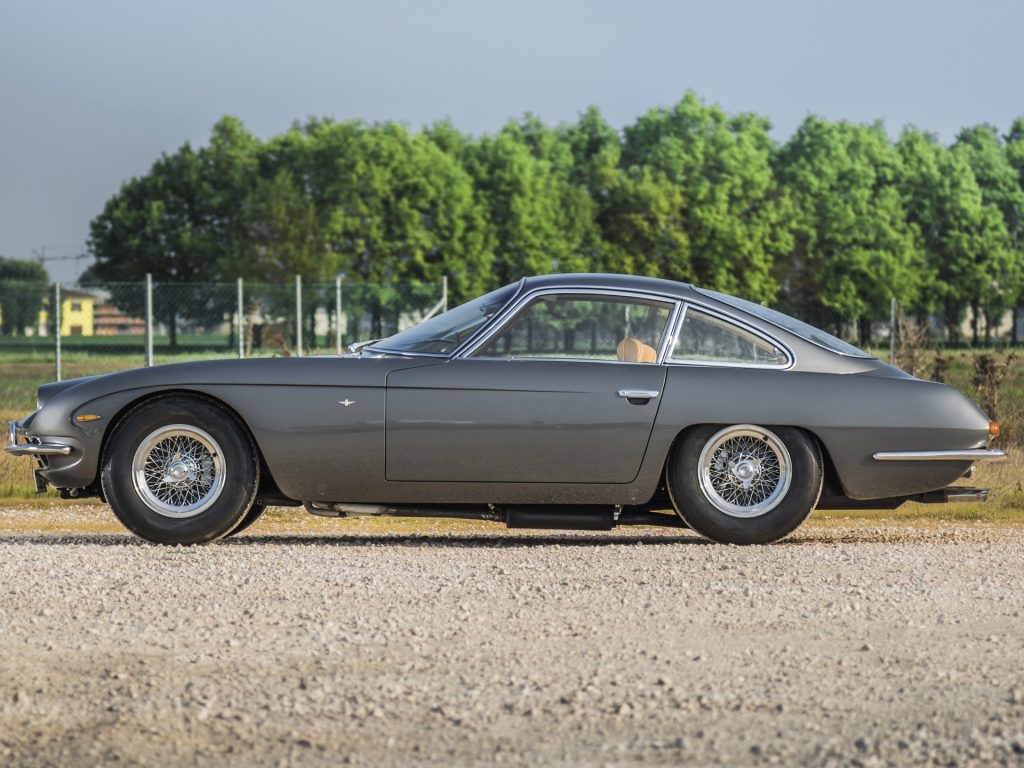
Touring, responsible for the original 350 GT assembly, ventured into uncharted territory by creating the first convertible in Lamborghini history. Built in two examples in black and gold, the spider closely resembled its coupe counterpart. However, due to Ferruccio Lamborghini’s aversion to convertibles, this model did not progress beyond the prototype stage. It would take until 1976 with the Lamborghini Silhouette for the company to produce a convertible.
The 400 GT also served as a foundation for unique creations. An American customer commissioned a special 400 GT named Monza in 1966, designed for participation in the 24 Hours of Le Mans. After a period of obscurity, the Monza was rediscovered and restored, standing as one of the most esteemed Lamborghinis today.
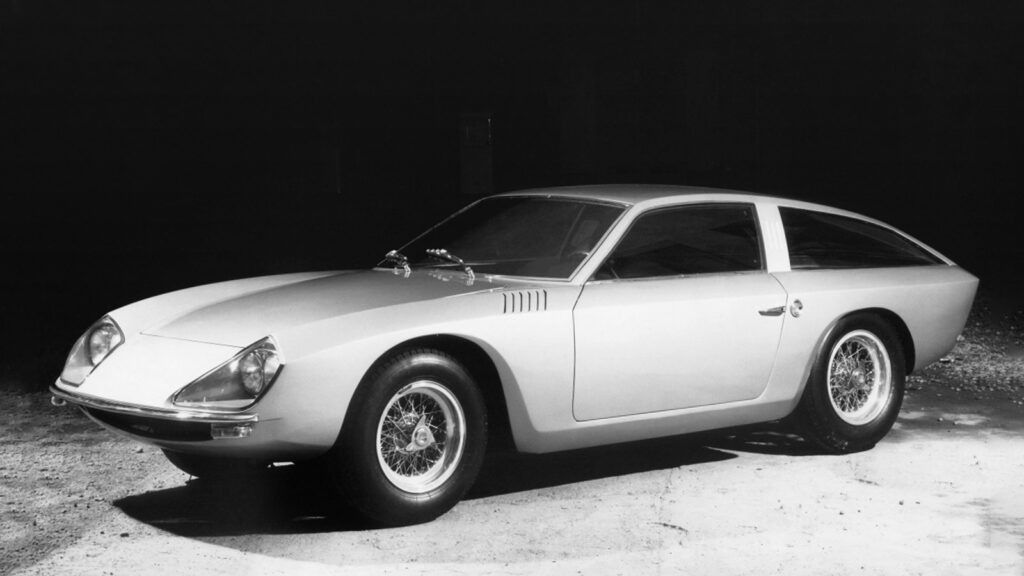
Touring, before its closure in 1966, presented a one-off shooting brake based on the 400 GT chassis called the Flying Star II. This two-seater shooting brake featured distinct lines, retaining the original light clusters under additional glass covers. Despite its uniqueness, this model did not gain widespread acclaim.
Conclusion
The Lamborghini 350 GT marked the beginning of Lamborghini’s illustrious journey in the realm of high-performance road cars. From its inception as a response to Ferrari’s dominance to its evolution into the 400 GT, the 350 GT exemplified Lamborghini’s commitment to excellence and innovation. The legacy of the 350 GT lives on not only through its production models but also in the exclusive variants and coachbuilt masterpieces that showcase the brand’s adaptability and artistry. As a pioneering creation, the 350 GT set the stage for Lamborghini to become synonymous with luxury, performance, and automotive passion.
Thank you to Wolfgang Blaube for additional informations about the genesis of the Lamborghini V12.

